Author Archive
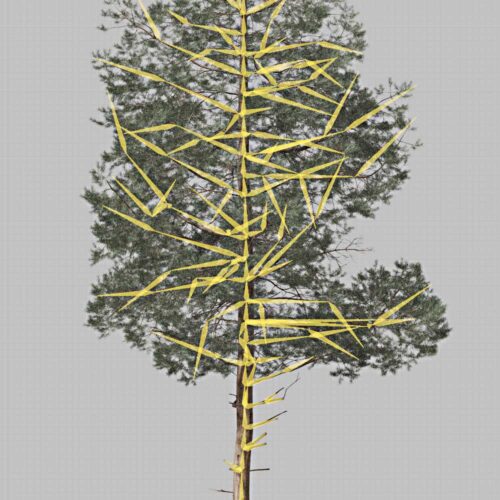
The Grove 2.2
April 2025 – The star feature of this release is the new Skeleton tool, which builds optimized armatures with so very few bones that it can be conveniently animated by hand, and even be used in games.

Simulation files
Simulations are saved in the working file, so that you can continue to grow at any time.

Core and add-ons
The simulation runs in the core module, which has no UI. The add-ons create the interactive experience.
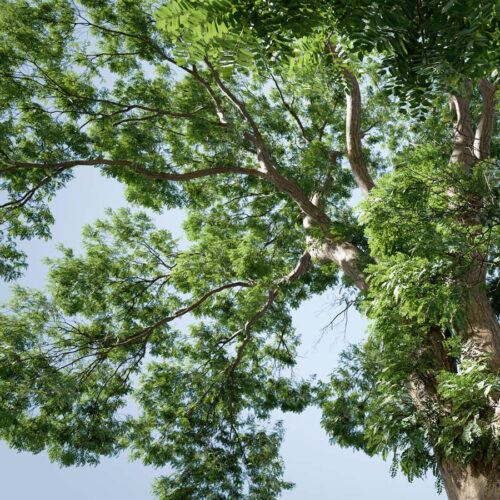
The Grove 2.1
April 2024 – Back to the simulation! Ten years of tree research comes together in a surprisingly balanced simulation that grows more natural trees than ever. Featuring completely new theories for secondary growth and the demise of unsuccessful branches…

Da Vinci’s rule of trees
Does this 500-year-old observation still hold ground?
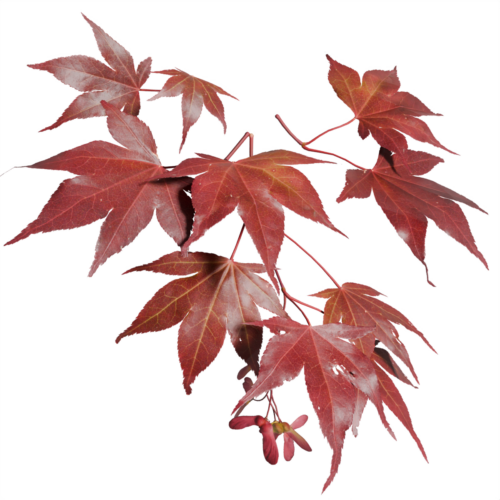
Japanese maple ‘Atropurpereum’
Acer palmatum ‘Atropurpureum’ – a cultivated variety of the Japanese maple tree, with deeply colored purple-red leaves. This slow grower is a wildly popular garden tree.
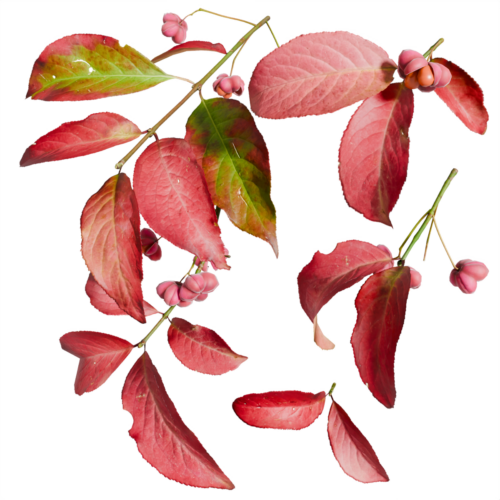
Spindle
Euonymus europaeus – Spindles are small trees, but they pack a punch with fiery fall colors and the pink-colored fruit looks absolutely out of this world.
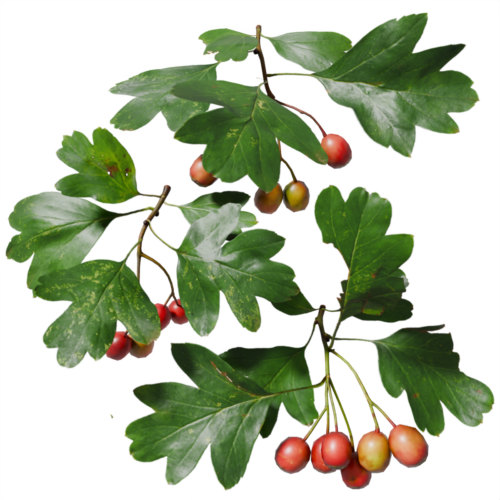
Woodland hawthorn
Crataegus laevigata – a small tree from the rose family, hawthorn is closely related to apple trees. With abundant white flowers that later develop into clusters of red fruit.
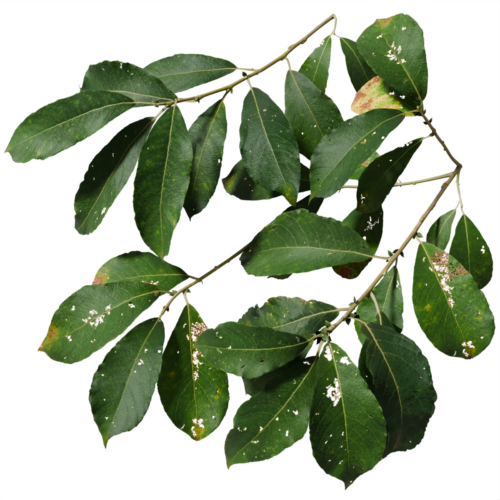
Goat willow
Salix caprea – goat willow is a rather inconspicuous tree, with no flashy flowers, fruit or autumn colors. It’s a modest tree that dots the landscape with touches of green.
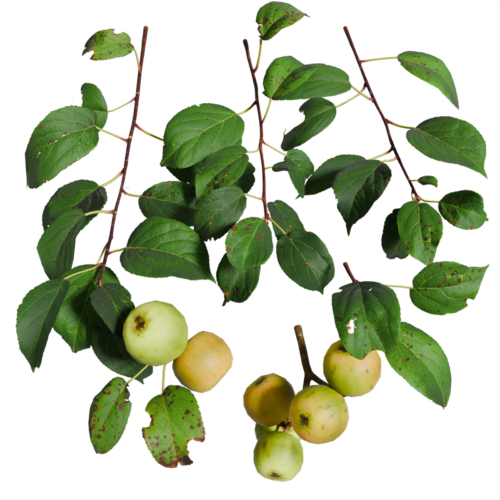
Wild apple
Malus sylvestris – now very rare, wild apples were once abundant along the edges of forests throughout Europe, bearing fruit significantly smaller than that of cultivated apples.
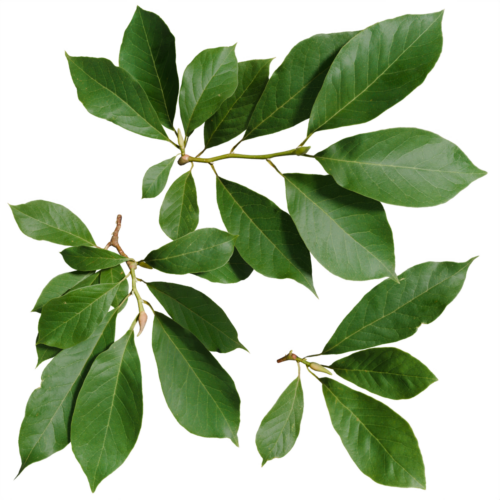
Saucer magnolia
Magnolia X soulangeana – the bold display of flowers and lasts only a couple of weeks, followed by an equally impressive foliage which is almost tropical in appearance.
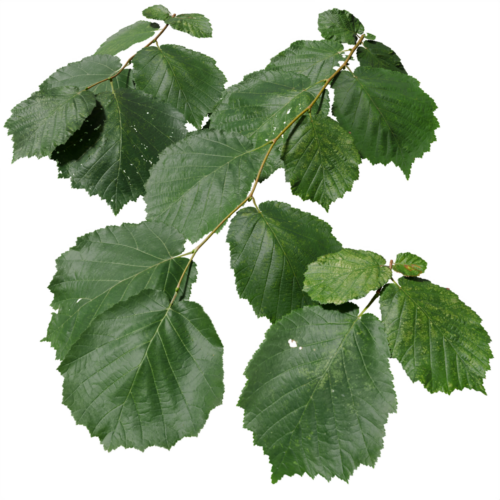
Hazel
Corylus avellana – a small tree from the birch family that grows the tasty hazelnuts. Hazels are often coppiced, to develop a small, dense tree with multiple trunks.
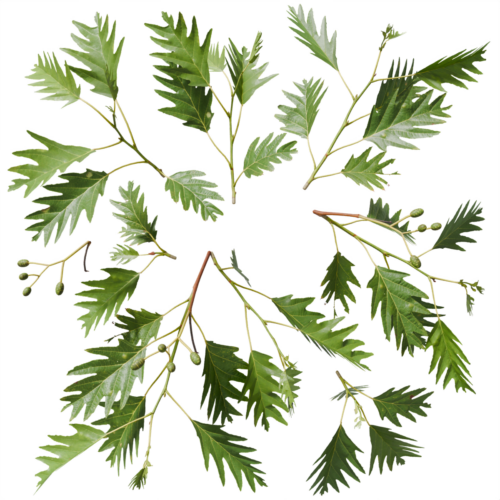
Cut-leaved alder
Alnus glutinosa ‘Laciniata’ – a natural variation of the black alder tree with deeply cut leaves. The fine feathery foliage is light and airy, making it a subtle tree ideal for city streets.
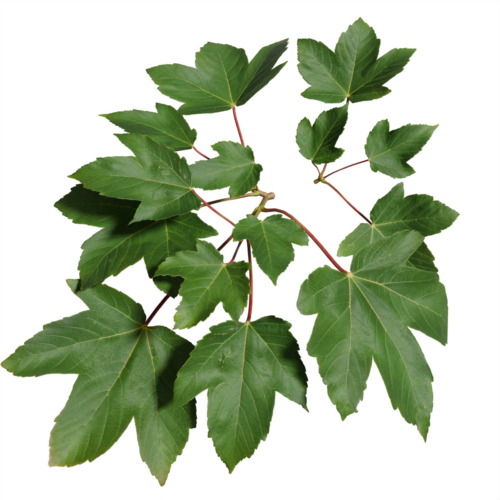
Sycamore maple
Acer pseudoplatanus – dark green leaves are contrasted by long red leaf stalks, it’s a healthy looking tree that grows an impressive wide crown of foliage.
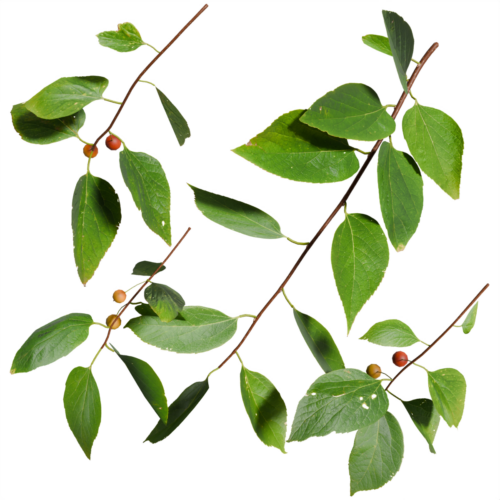
Hackberry
Celtis occidentalis – along with each leaf also grows a berry that turns from green to orange to a dark purple-brown color when ripe. This small fruit has a surprising taste.
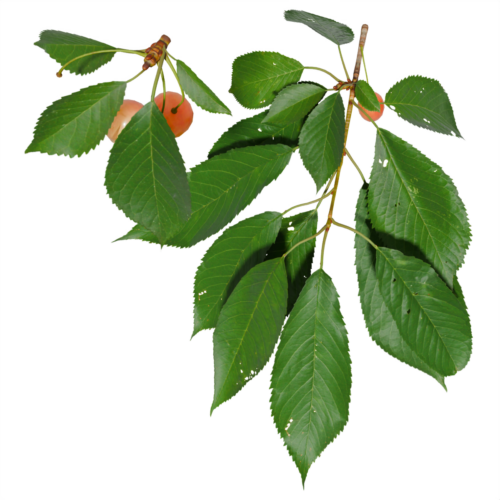
Sweet cherry
Prunus avium – a big tree from the rose family, this is the tree that produces the well known cherry fruit.

Rowan
Sorbus aucuparia – rowans are relatively small trees, investing most of their energy in producing plentiful clusters of red fruit that are the favorite food of many birds.

Get ready to grow
Get ready to grow You just installed The Grove in Blender, and the add-on is working. Great! But the add-on is kind of boring right now. Just wait until you install The…
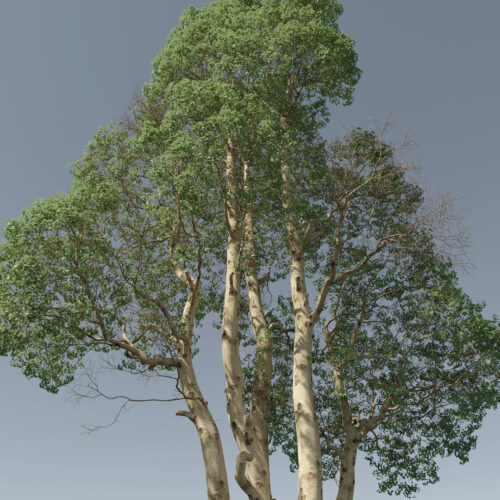
The Grove 2.0
July 2023 – Introducing The Grove 2.0 — a significant milestone in the software’s development. Trees now grow at lightning speed and — drum roll please — the same trees now also grow in Houdini!
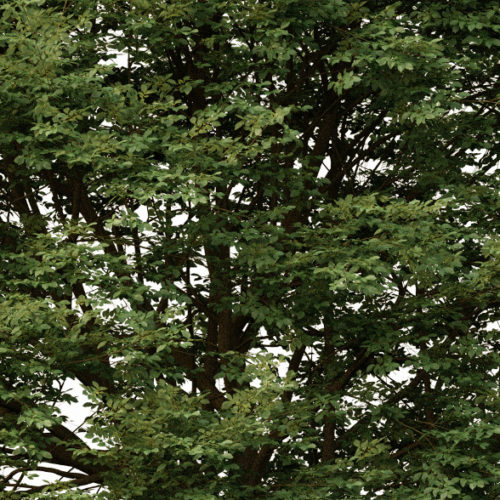
The Grove 1.1
July 2022 – Geometry nodes, attributes, and continued improvements to all existing tools create an even more refined experience.
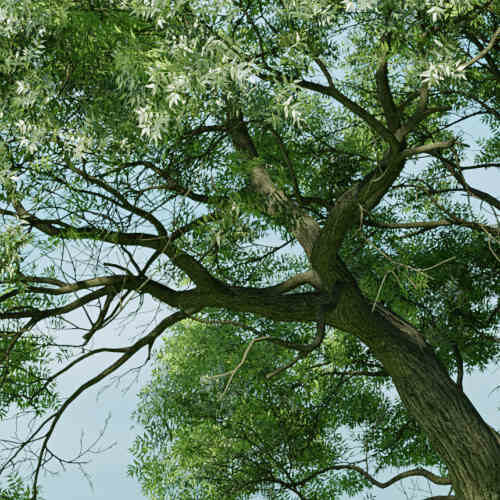
The Grove 1.0
April 2021 – Natural simulation is what sets The Grove apart – it’s built on numerous theories that all work together to make your trees spring to life. For this release, I finally managed to demystify three of the most elusive areas of tree physiology, making it possible to grow more diverse and extreme tree characters with thicker, natural trunks. This brings The Grove even closer to nature…
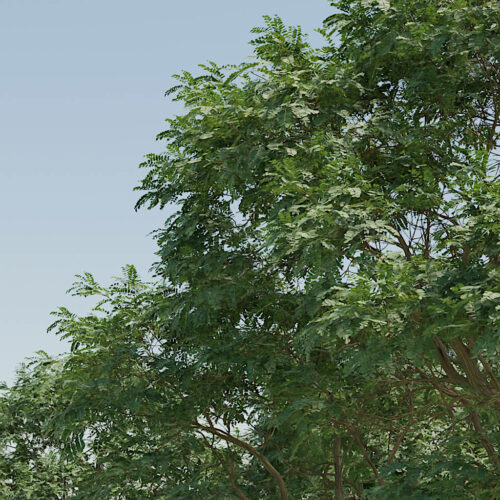
The Grove 1.0a
September 2021 – Here’s a quick intermediate update just to keep you growing in the new Blender 3.0. There’s a welcome speed boost, and an introduction to the next generation of twigs…
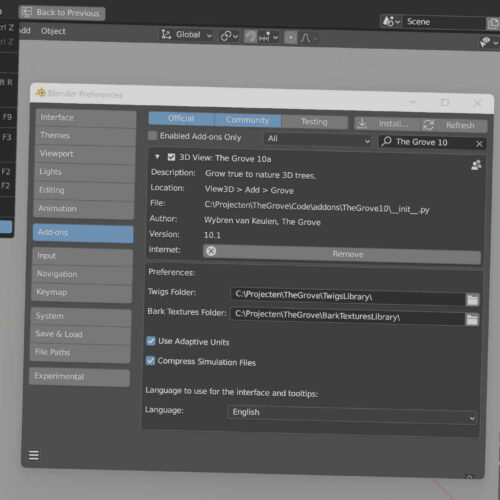
Install
Guide to install the add-on in Blender and where to put twigs and textures.
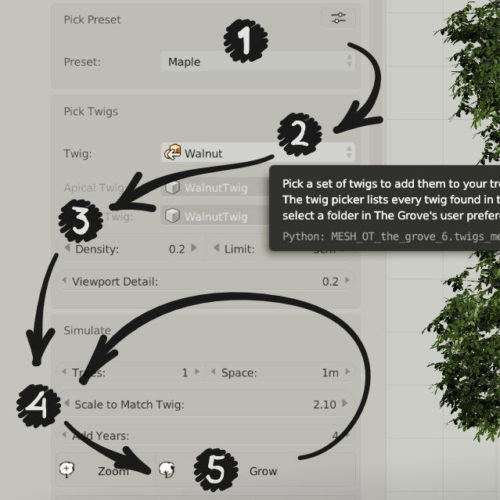
Quick start
A brief overview of how to grow your first trees, and how to shape them.
Frequently asked questions
Find answers to the most common questions.
How to use twigs
Twigs are small branches that use regular 3D geometry to represent leaves, flowers and fruit. You can model them to any level of detail, or purchase The Grove’s handmade twigs to get stunning results quickly.
Shade , drop and prune
As trees grow up, toward the sky, they compete with their neighbours that take away light. But the biggest competition is the very tree itself, where new leaves above shade the old underneath.
Animate growth and wind
The mesmerizing spectacle of branches dancing in the wind really brings trees to life.
Thicken and bend
Watch heavy branches bend under the weight they carry. The continuous interplay of growth and gravity is what creates some of the most beautiful tree shapes.
Favor
Favor bright over dark, and rising over dangling. Grow free to the sides, or first grow in length.
Grow
Let nature take its course and watch trees develop into beautiful shapes. Mimic any tree’s character with intuitive parameters taken straight from the woods.
Turn
While a branch is growing in length, it is searching for the best direction to grow in. There are several outside influences that cause a branch to turn to a certain direction.
React
Assign a mesh object to attract, deflect or stop and prune new growth, or to simply cast shade on the growing tree.
Build
The Grove builds high quality 3D models that are lightweight to render, thanks to its smart polygon reduction and a unique system of twigs.
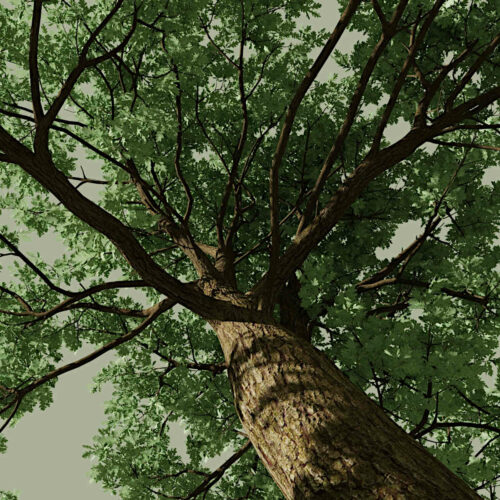
The Grove 0.9
November 2020 – Takes tree models to the next level. Better mesh quality with smoother transitions, better UV maps and a welcome speed boost. And the freedom of adding as many different twig models as you like. But let’s start with the bend tool…
How trees grow
Even though trees surround us everywhere, there are many misunderstandings about how they grow. Studying the way a real tree grows reveals surprising mechanisms that together evolve these complex plants.
The golden angle in trees
The mysterious golden angle can be found in everything from sea shells to roman architecture, and trees are no exception.
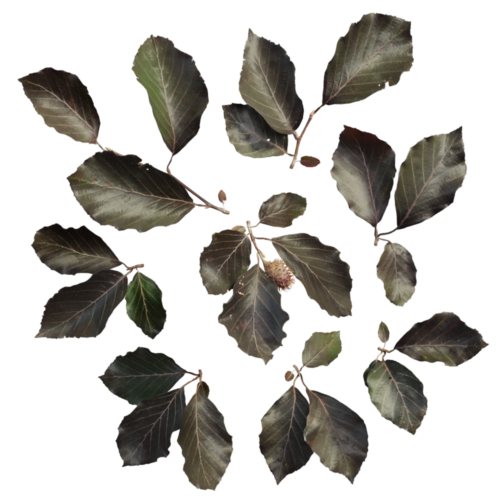
Purple beech
Fagus sylvatica ‘Purpurea’ – purple beeches are used to steel the show. They are planted as solitary trees in big parks or stately gardens.
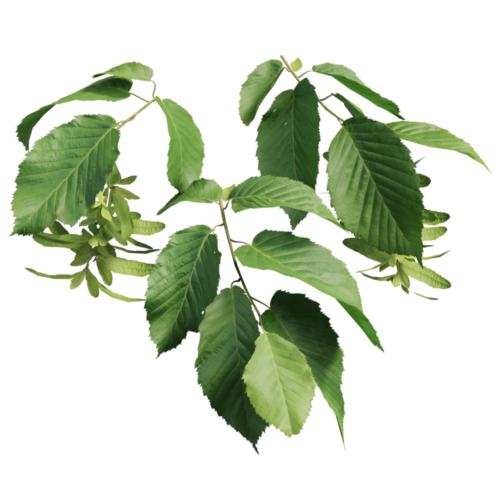
European hornbeam
Carpinus betulus – hornbeam stands out with its abundance of winged fruit. The bright green color contrasts with the darker green of the sharply detailed leaves.
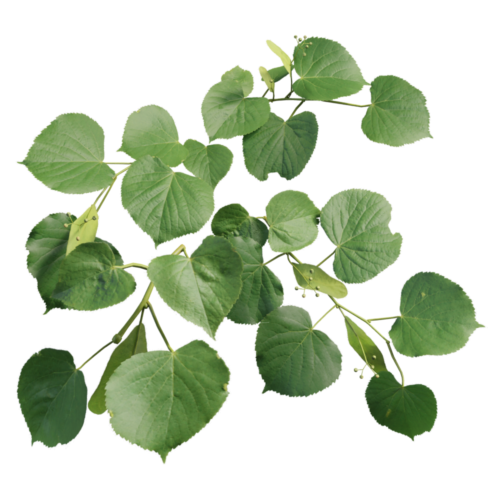
Small-leaved linden
Tilia cordata – an elegant species of linden tree with small leaves, just one third the size of common linden, giving this tree a very fine appearance.
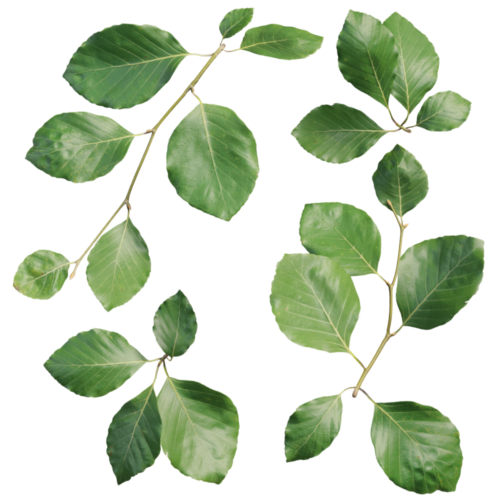
European beech
Fagus sylvatica – a majestic forest tree. Impressive branches fluently branch into broad fans of leaves. Beech trees are often used as ornamental trees in parks and large gardens.
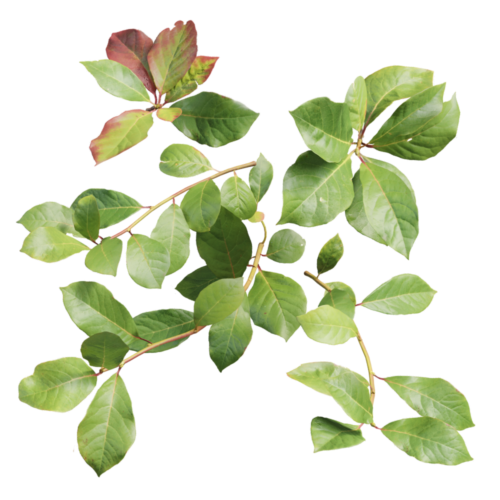
Black tupelo
Nyssa sylvatica – black tupelo found its home in wet areas across Eastern North America. Before dropping their leaves, they turn to attractive orange-red autumn colors.
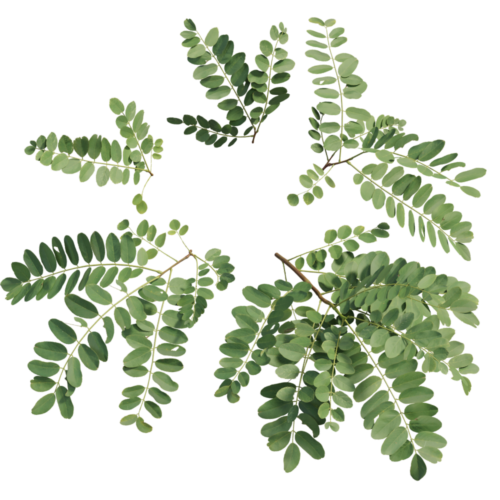
Robinia
Robinia – a cascading waterfall of tiny leaflets, this tree from the pea family is something else completely, and adds to the diversity of trees in temperate climates.
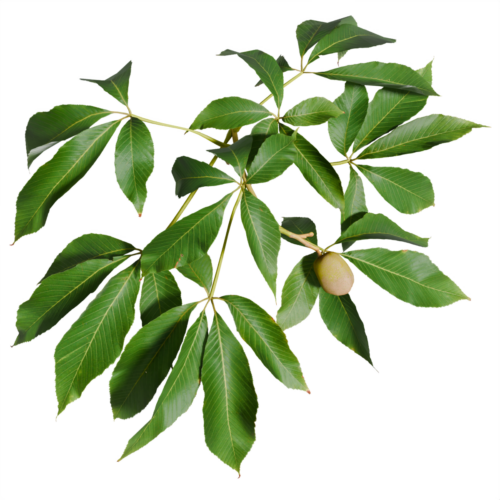
Yellow buckeye
Aesculus flava – a North American relative to the horse chestnut, with large palmately compound leaves. A bold tree with bold leaves and bold fruit.
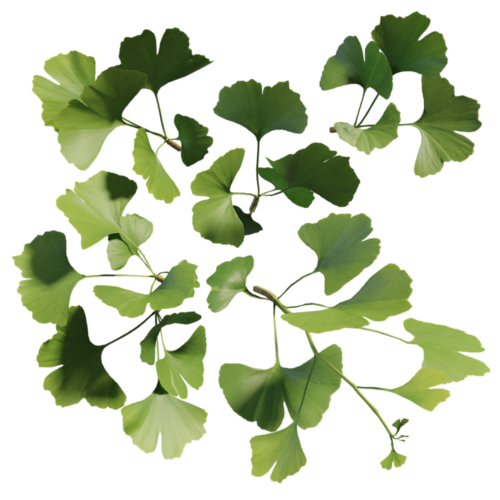
Ginkgo
Ginkgo biloba – a living fossil and the only remaining species in a ancient family of trees dating back hundreds of millions of years.
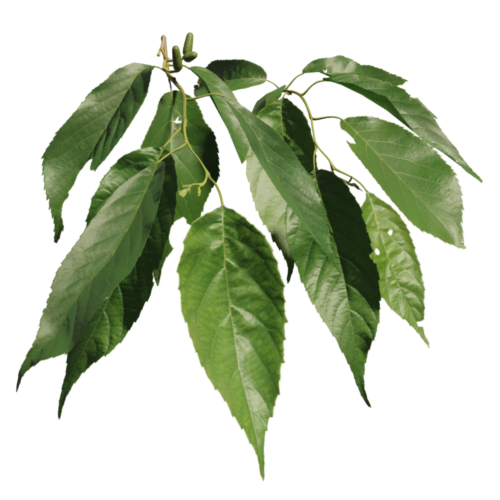
Spaeth alder
Alnus X spaethii ‘Spaeth’ – a strong and fast growing tree. Its main feature are the long, dark green leaves that have a nice shine to them. Even better, these leaves stay green for a long time in fall.

Sweet chestnut
Castanea sativa – a proud member of the beech family. It produces the well-known chestnuts, an edible fruit. Sweet chestnut trees have attractive dark green foliage clustered into pointy fans.
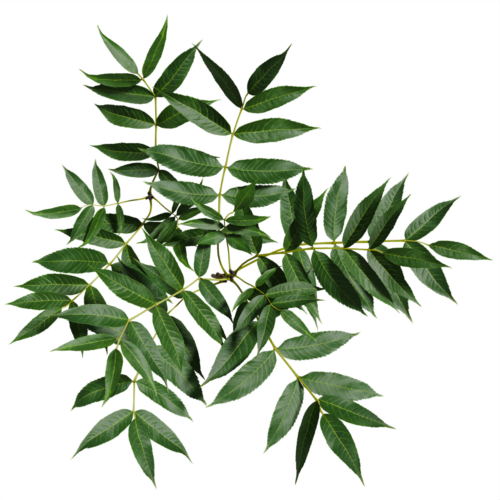
Ash
Fraxinus excelsior – true to its name, the ash excels in growing powerful new branches, but many of these are lost in winter, eventually resulting in an airy tree. The most eye-catching part of ash trees are their compound leaves.
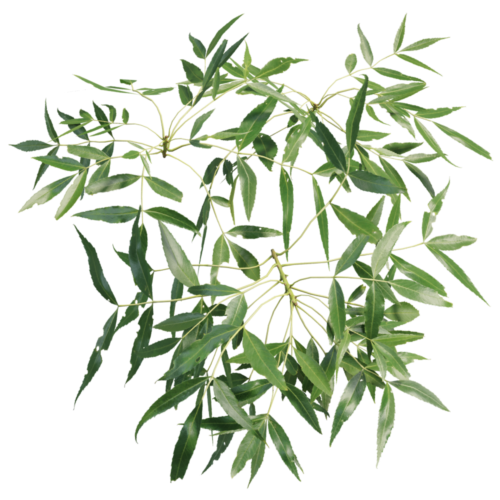
Narrow-leaved ash
Fraxinus angustifolia – narrow-leaved ash is closely related to olive. The feathery appearance makes it an airy tree that feels distinctly Mediterranean, and this is where it mostly grows naturally.
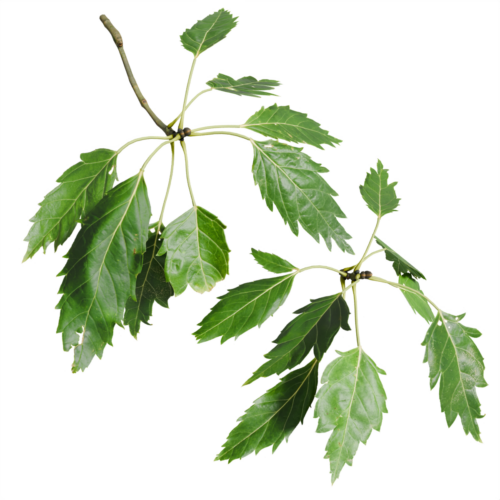
One-leaved ash
Fraxinus excelsior ‘Diversifolia’ – one-leaved ash is a quite rare, but beautiful and airy tree. This variety’s leaf is completely different from the regular ash leaf that consists of up to 11 small leaflets.
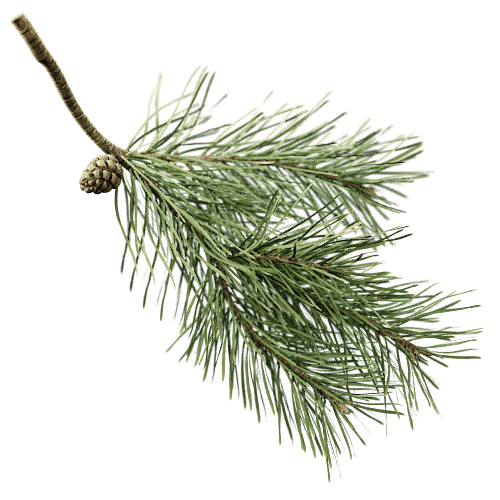
Scots pine
Pinus sylvestris – Scots pine is a tree that you can find all over Europe and all the way to the colder parts of Eastern Asia. Given its name, it comes as no surprise that this is the national tree of Scotland.
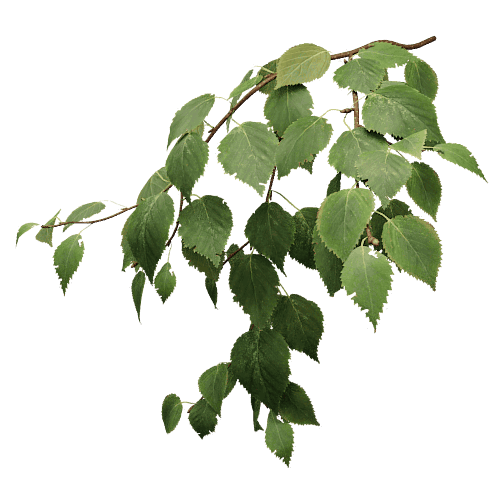
Paper birch
Betula papyrifera – Paper birches have an attractive white bark, with flaky white sheets resembling sheets of paper. Its fall color is an intense yellow.
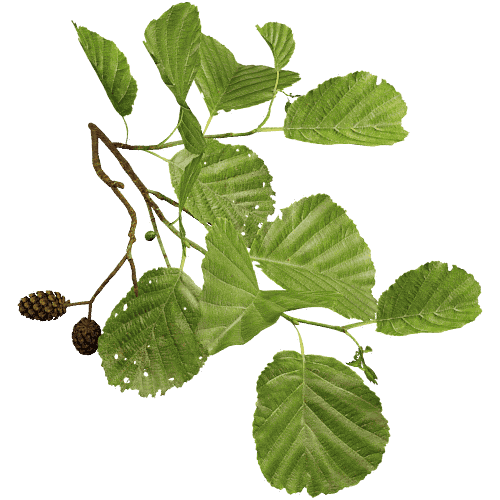
Black alder
Alnus glutinosa – Alder trees are often found on waterfronts. Its woody, pine cone like catkins adorn the tree all year round. When growing at the right place, an Alder can grow into a beautiful conical shape.
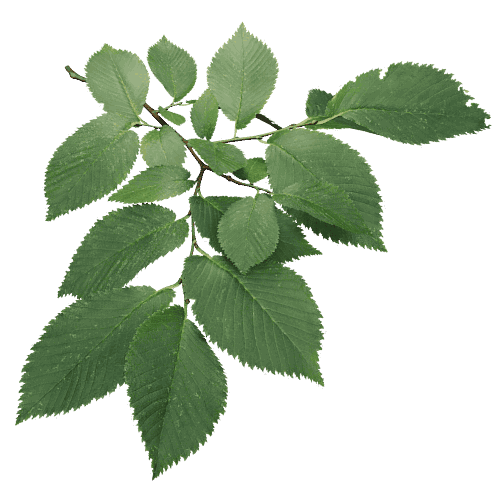
Field elm
Ulmus minor – Field elm trees once roamed free in many cities, until they were decimated by the Dutch elm disease. These beautiful trees grow in many shapes and characters.
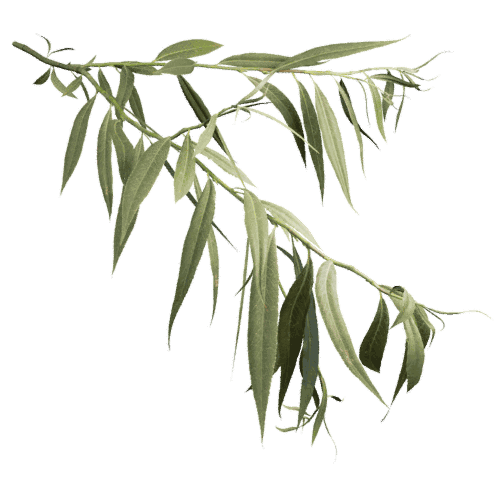
White willow
Salix alba – Willows love water and when they get it, they literally shoot out. Twigs easily grow more than 20 leaves long. Its leaves are covered with tiny hairs, shading the tree a whitish, pale green color.
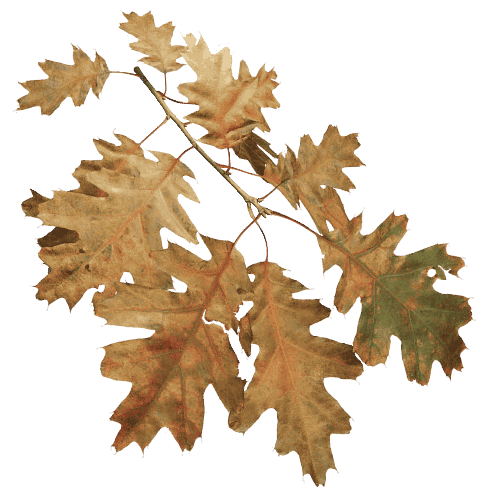
Red oak
Quercus rubra – Red oak trees are native to Eastern North America and have very attractive lobed leaves with saturated autumn colors.
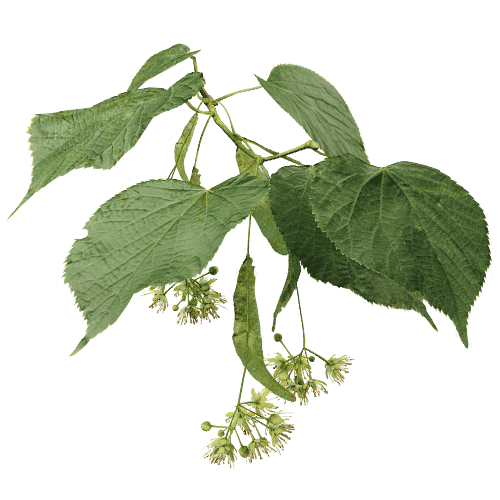
Common linden
Tilia ✕ europaea – linden trees are popular street trees, and they are also a favorite with bees, who love their abundant flowers.
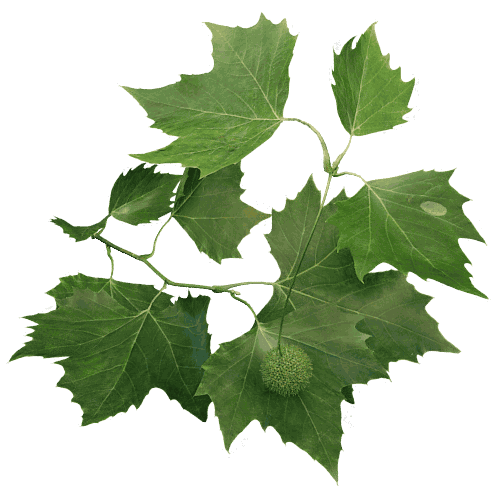
London plane
Platanus ✕ acerifolia – Londen plane trees line city streets all around the world. Its striking camouflage bark and deep green foliage make this tree stand out.

Cockspur hawthorn
Crataegus crus-galli – Cockspur hawthorn is a small tree that shines in fall time with its intense leaf colors and deep red colored fruit.
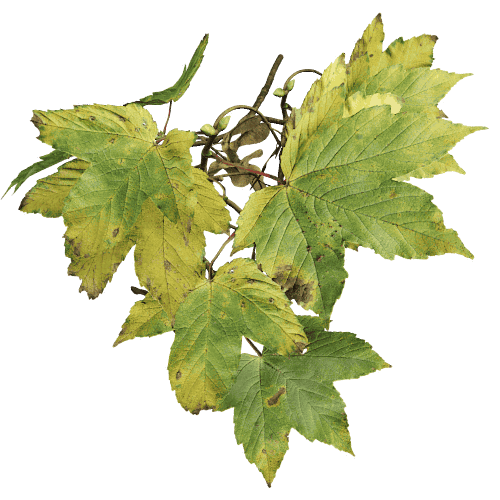
Sycamore maple
Acer pseudoplatanus – Maple trees are very diverse in color, bark and leaf shape. This one is called pseudoplatanus for its leaves that resemble those of the plane tree.
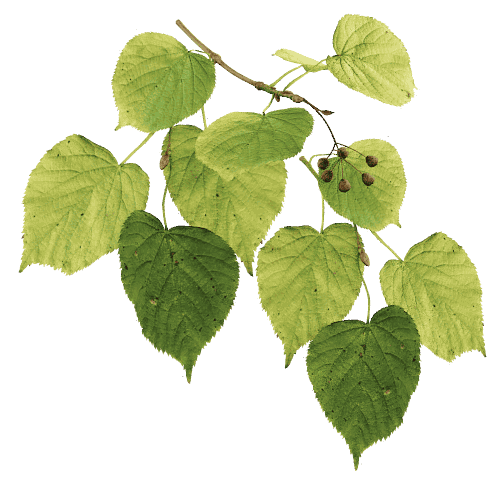
Common linden
Tilia ✕ europaea – Common linden. Linden trees are popular street trees. They are also a favorite for bees, who love the abundant flowers.
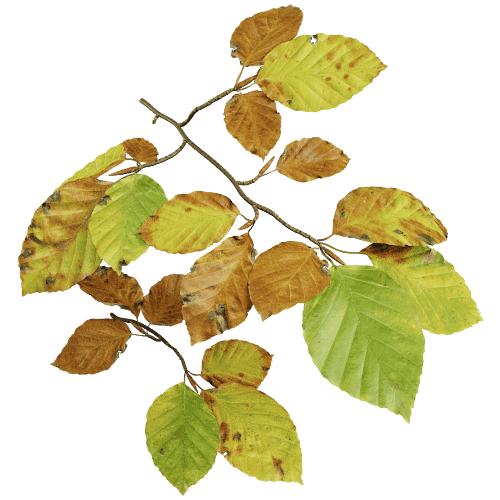
European beech
Fagus sylvatica – European beech. One of the most majestic forest trees. Impressive branches fluently branch into broad fans of leaves. Away from the woods, beech trees are often used as ornamental trees in parks and large gardens.
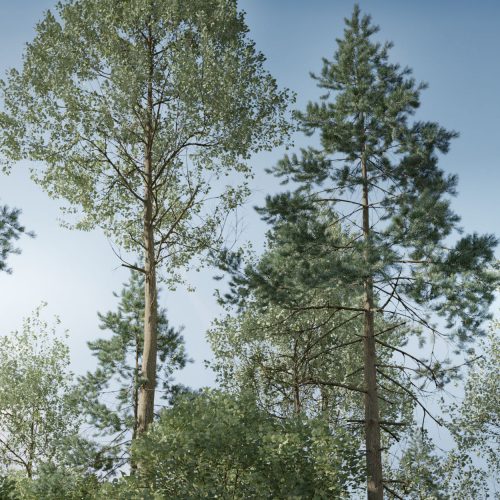
The Grove 0.8
October 2019 – Trees have had over 200 million years to evolve into all the beautiful shapes and characters we see around us today. Dinosaurs have come and gone, continents were torn apart, and through it all, trees stood tall. We now know more about trees than we ever did, but there are still many mysteries left to unravel…
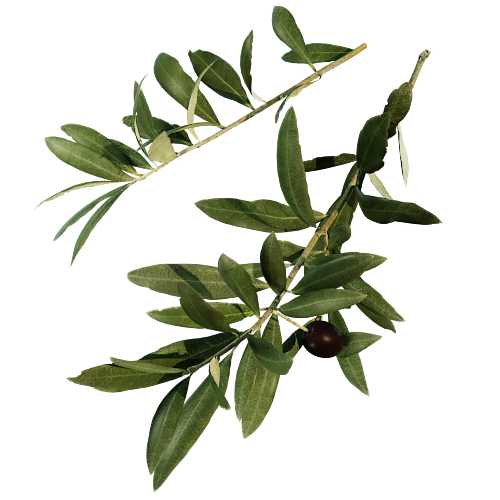
Olive
Olea europaea – Olives keep their leaves all year long. This twig was captured at the start of winter, hanging on to its dark-green leaves and ripe fruit.
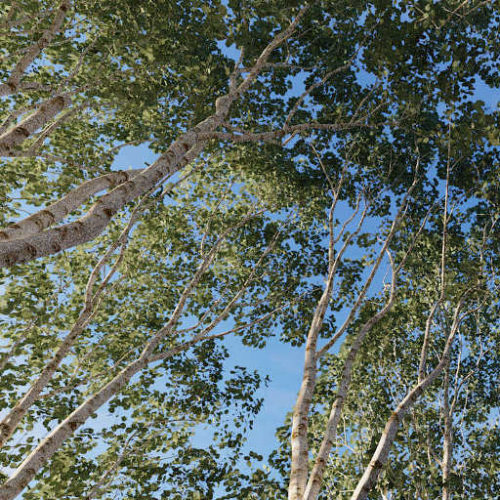
The Grove 0.7
November 2018 – Take all existing features – wrap them up in an all-new implementation – and open up a world of possibilities! Get instant feedback from a flexible new interface that amplifies the fun of growing. Go back to you tree at any time – prune, rebuild, keep growing or even add wind animation whenever you want. Added improvements to wind, branching and vertex colors make this a release to be reckoned with.
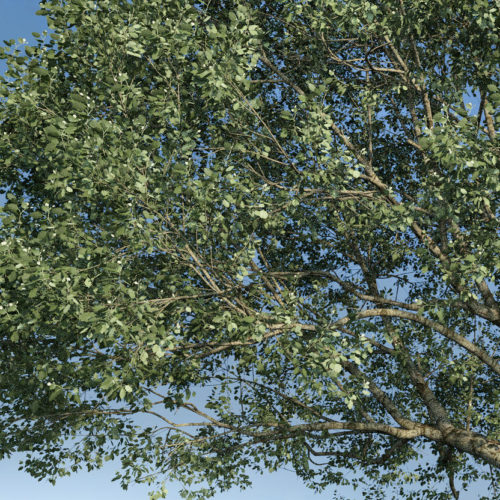
The Grove 0.6
May 2018 – A streamlined workflow, greatly improved conifers and lingering dead branches. It allows you to unleash your twigs with the automated twig picker, and to quickly match any preset to any twig size.
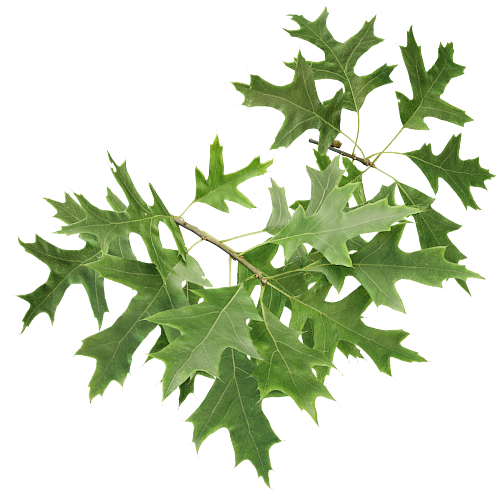
Pin oak
Quercus palustris – Pin oaks are fast growing, majestic trees often used in parks.
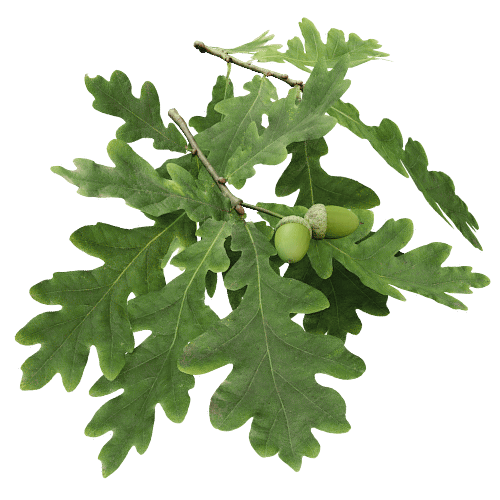
European oak
Quercus robur – Oaks are close relatives of beech trees, and both are strong forest trees that can grow very old and impressive in size. Willows, alders and many others don’t stand a chance against this king of the forest.
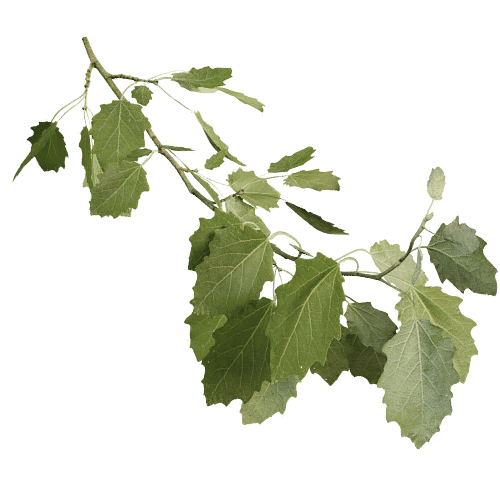
Grey poplar
Populus ✕ canescens – A cross of white poplar and quaking aspen. Its oddly shaped leaf stalks make its leaves clapper in the wind, producing an ambient sound like the lapping of waves on the beach. This is a big king of a tree with its thick, brightly colored main branches.
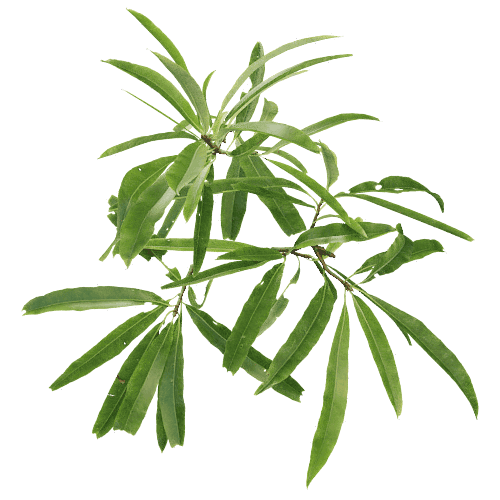
Willow oak
Quercus phellos – Although this is actually an oak tree, its leaves are almost identical to those of willow trees. It prefers the water rich environments of the South Eastern US.
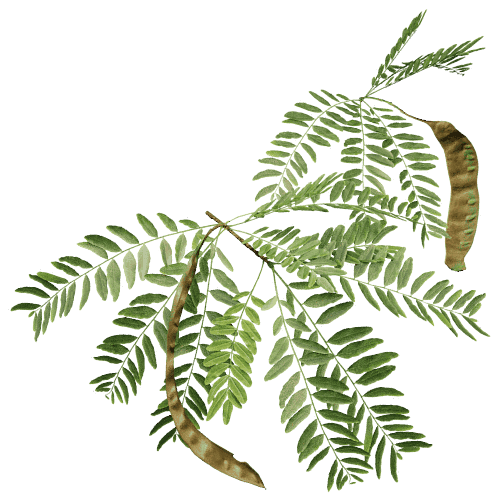
Honey locust
Gleditsia triacanthos – An attractive, airy tree with distinctive fruit pods dangling from their branches. Part of the pea family, these trees are basically enormous pea plants.
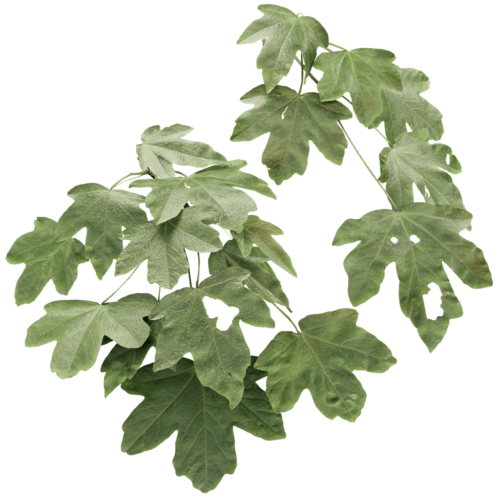
Field maple
Acer campestre – Field maples grow a sea of small and shiny leaves. Because of their dense growth, they are often used to create hedges. A full grown tree can have a beautifully dense character.
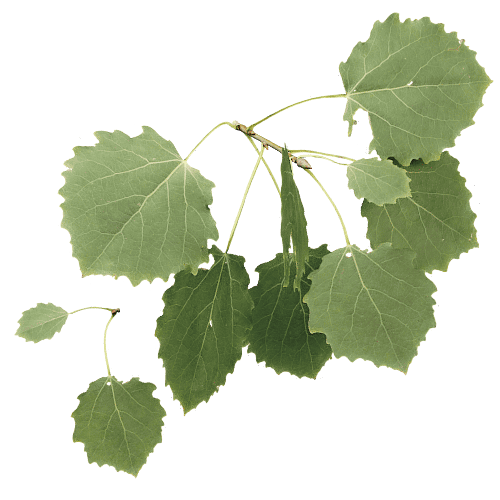
Aspen
Populus tremula – The leaf stalks of aspen are strangely flat, allowing them to twist freely in the wind. The clappering of its many leaves produces a sound very much like the sea.
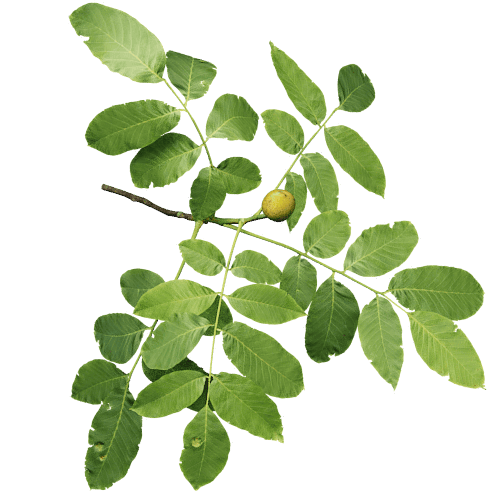
Walnut
Juglans regia – Walnut trees originated in the Kyrgystan region, where you can still find large walnut forests. The tree has since spread across Europe where it is loved for its delicious nuts.
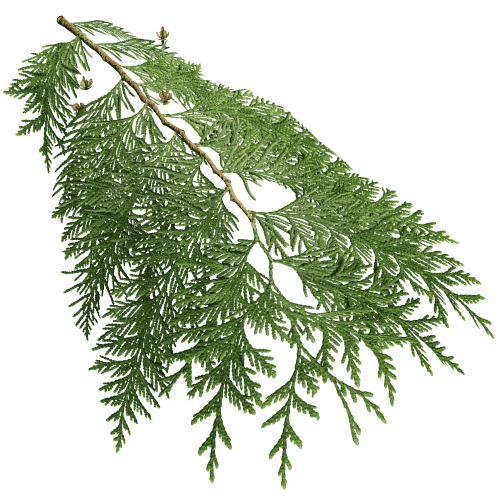
Western redcedar
Thuja plicata – Western redcedar trees are quick to grow into massive green columns. It’s a popular tree for landscaping.
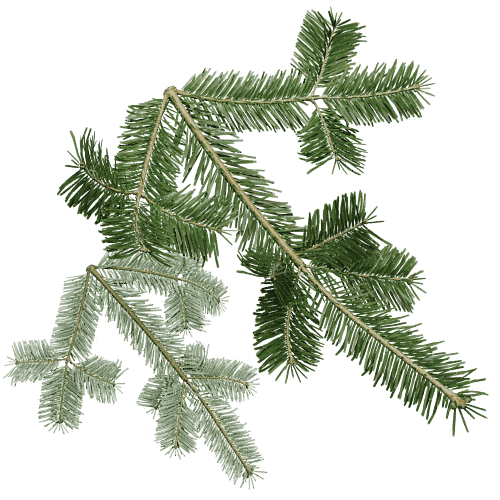
Pacific silver fir
Abies amabilis – The silver fir originates from the Pacific Northwest. Fir trees are the furry part of the spruce family. Instead of spiky tips, the leaves (needles) are rounded and soft to the touch.
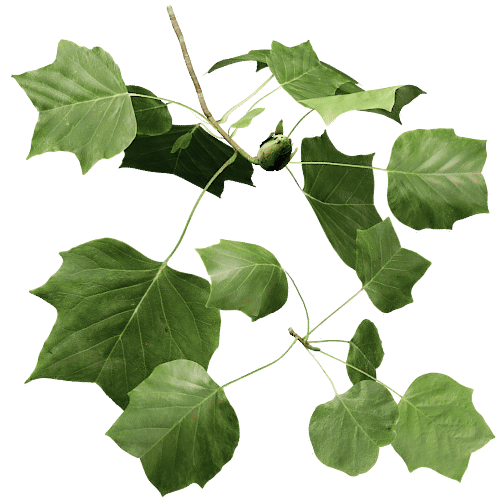
Tulip tree
Liriodendron tulipifera – despite its tropical appearance, this close relative of the magnolia endures harsh winters and prefers the climate of the American Northeast.
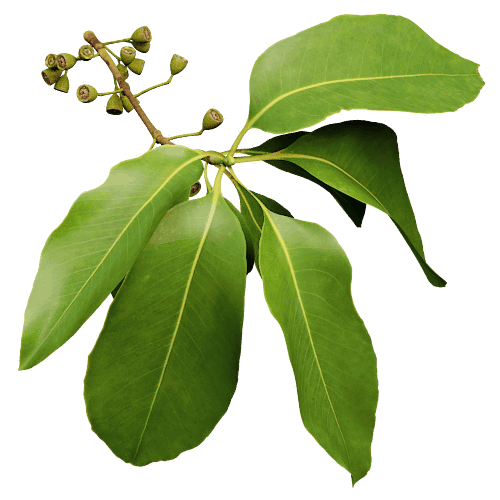
Brush box
Lophostemon confertus – Brush box is a lush green tree with its roots in Australia. There and in other parts of the world, it is often used as a street tree.
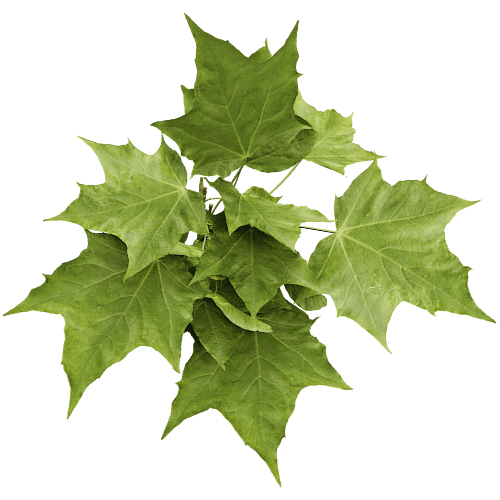
Cappadocian maple
Acer cappadocicum – Maple trees are very diverse in color, bark and leaf shape. This vatiety has thick leaves, the top side being leathery glossy. Maples carry the brilliantly engineered helicopters which carry their seeds across long distances.
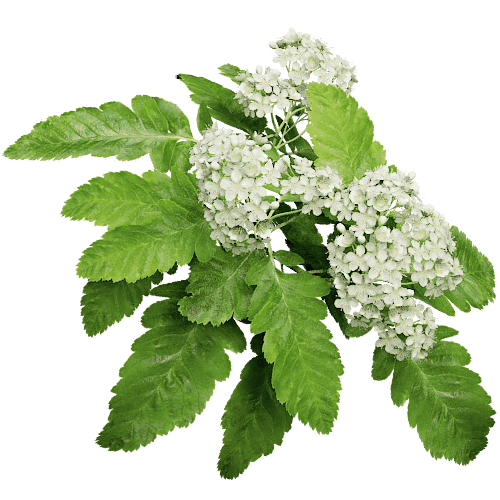
Oak leaf mountain ash
Sorbus thuringiaca ‘Fastigiata’ – As with many of the eye-catching flowering trees, rowans are related to the rose family. Its clusters of white flowers later turn into bright orange berries that birds love.
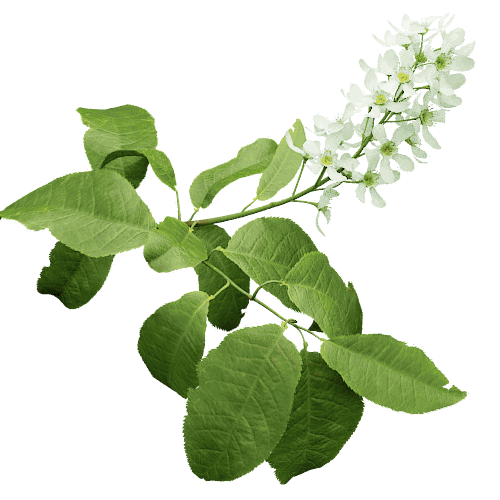
Bird cherry
Prunus padus – A bushy tree from the rose family, which shows its attractive white flowers in spring. These will transform into fruits that birds love, hence its name.
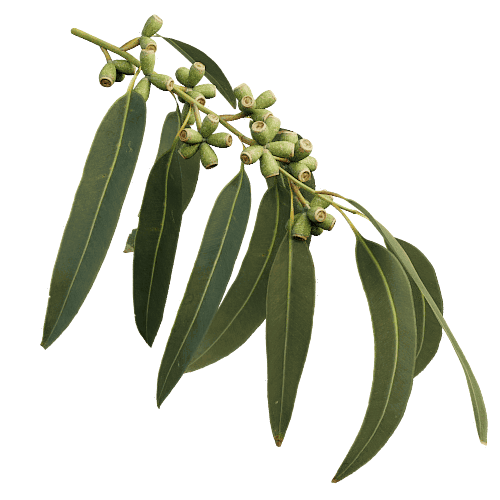
Manna gum
Eucalyptus viminalis – Manna gum. A koala favorite, with dark green leaves full of yummy sugar. The sturdy leaves are accompanied by attractive clusters of seed pods, typical of eucalyptus species.
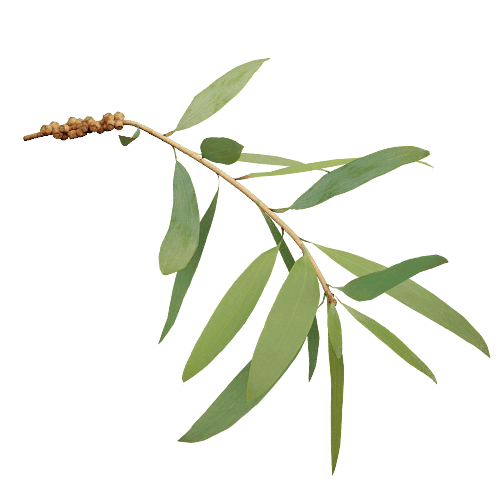
Bottlebrush
Melaleuca citrina – Bottlebrushes owe their name to their resemblance to the long brushes used to clean bottles, especially when they flower with long cylindrical clusters.
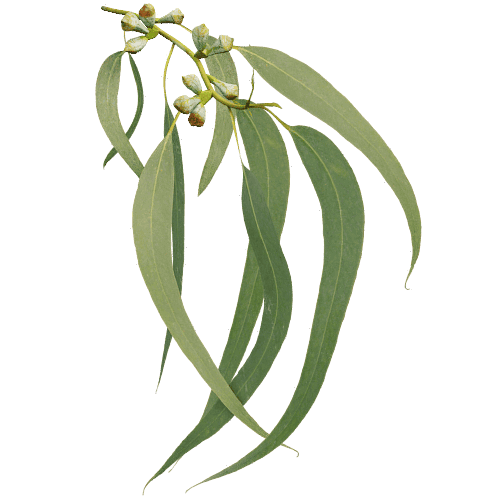
Blue gum
Eucalyptus globulus – Blue gum. A large, fast-growing tree. Originally from Australia, the tree is highly popular and has spread to California, Southern Europe and other areas with a similar climate.
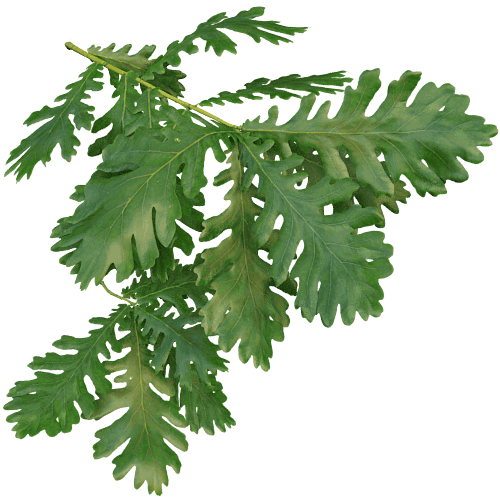
Hungarian oak
Quercus frainetto – King of the oaks, with immense leaves that dwarf those of other oaks. The longest leaf on this particular twig is 21 cm long, but they can easily grow another 10 cm. Its leaves have a leathery glossy finish over a deep green color.
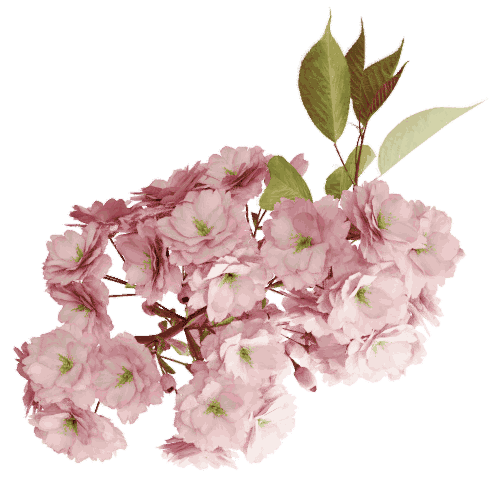
Japanese cherry
Prunus serrulata ‘Kanzan’ – Intensely rich pink flowering, one of the most lush and romantic trees around. When it starts flowering, it steals the show.

Saucer magnolia
Magnolia ✕ soulangeana – Magnolias are an odd bunch. They thrive in a Northern temperate climate, yet they appear tropical. Their big bold flowers open up in early spring when it’s still quite cold. Come summer, all flowers will be gone, but even then magnolias are a beautifully dense green.
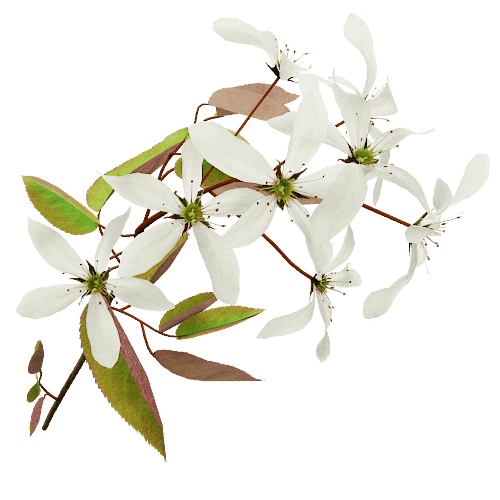
Serviceberry
Amelanchier lamarckii – An all seasons star. Lush flowering early spring makes it hard to miss. Clusters of white flowers against intense red and green leaves. Blue berries in summer, and lush red autumn colors.
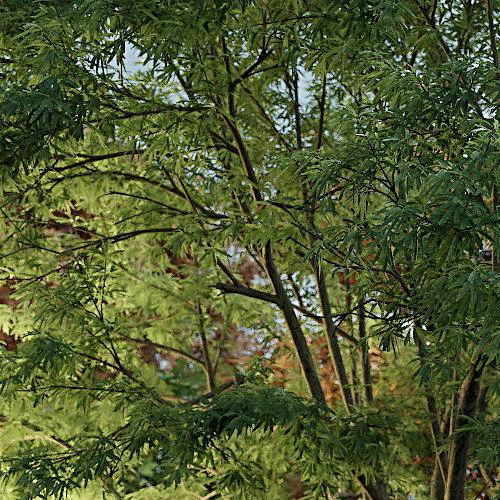
The Grove 0.5
November 2017 – The storm has landed! Bring your trees to life with mesmerizing wind animation and rich data layers – enhance your trees in exciting new ways and have even more fun growing…
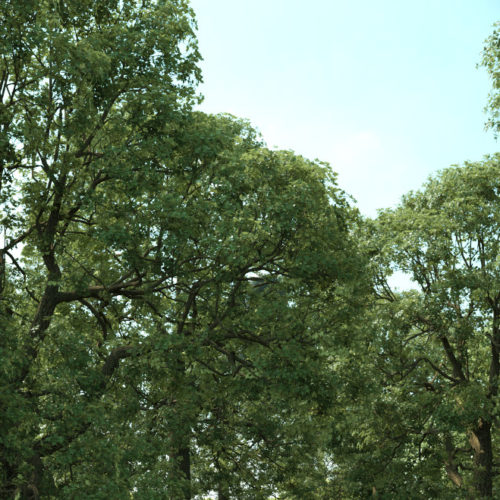
The Grove 0.4a
December 2016 – This update builds upon the big release 4, makes it rock solid and wicked fast! Less time to grow, more time to experiment…
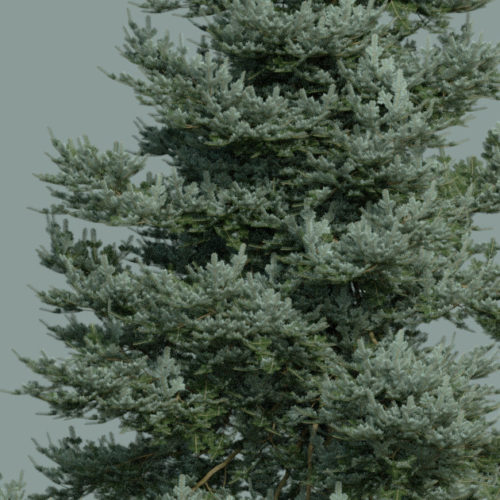
The Grove 0.4
October 2016 – Grow conifers and breakthrough broadleaf trees – cast real shade, bend physically and prune interactively…
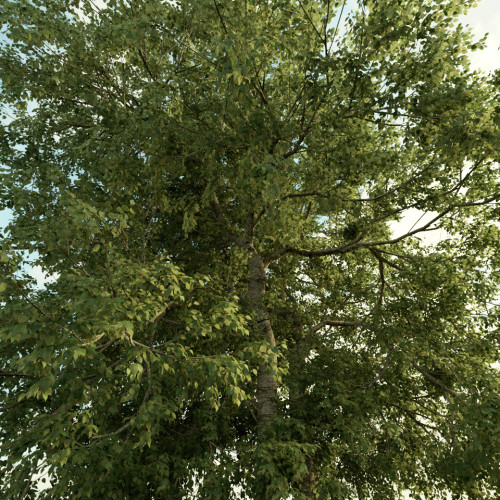
The Grove 0.3
March 2016 – Release 3 gets back to the core. Adding new natural effects for greatly improved tree characters, and totally new ones!
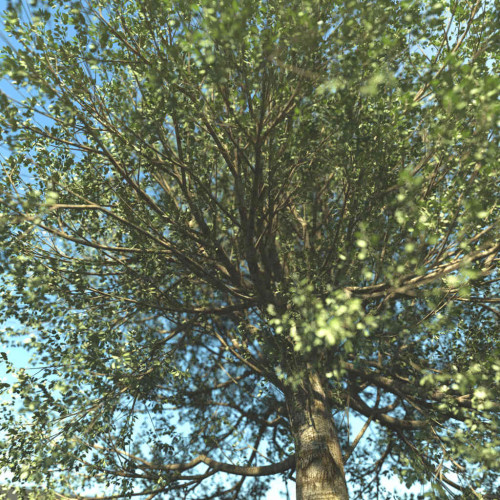
The Grove 0.2
November 2015 – This fall brings exciting new features making The Grove even easier and more fun to work with. The Grove now builds branches in a more powerful way. Stepping away from Blender’s curves gives much more control and paved the way for some exciting new possibilities.